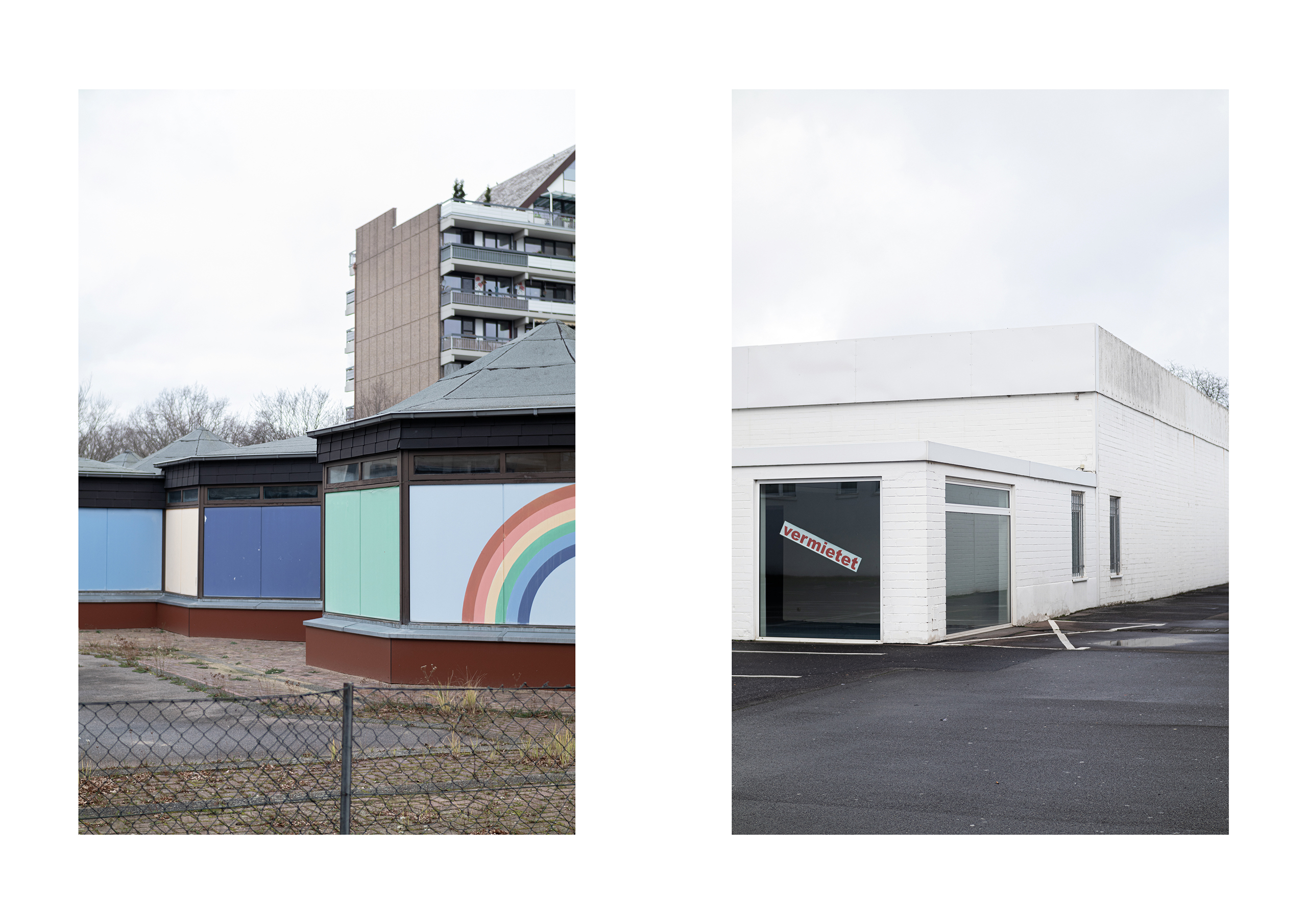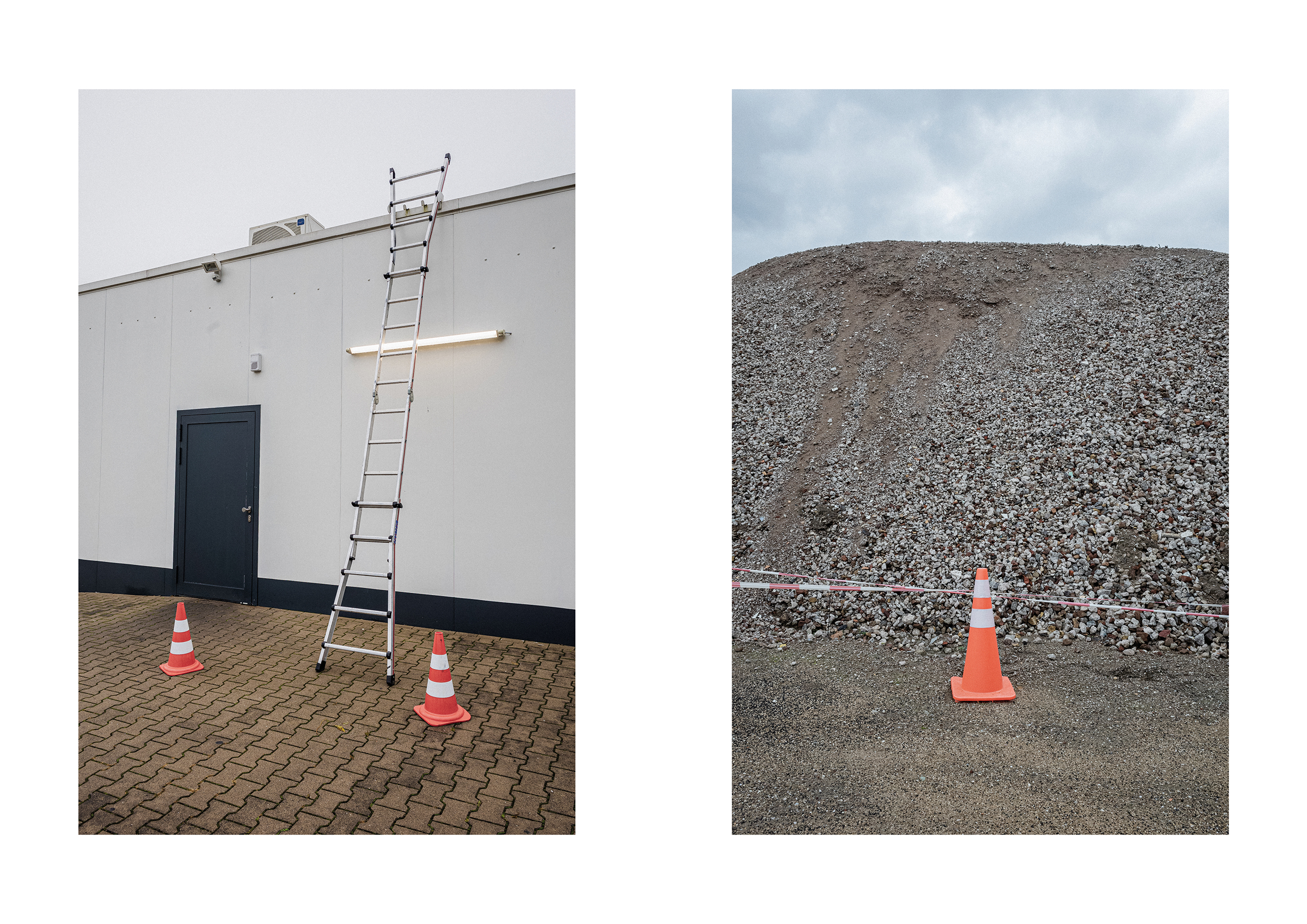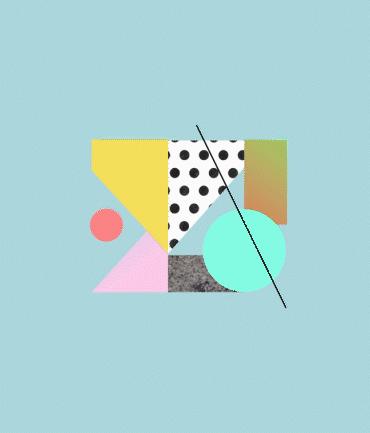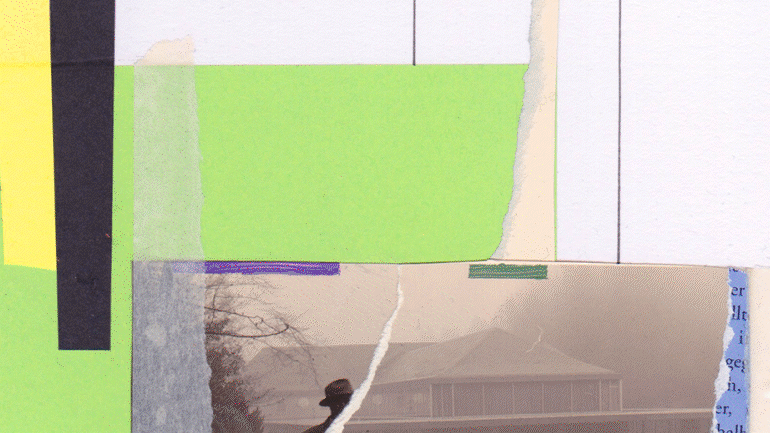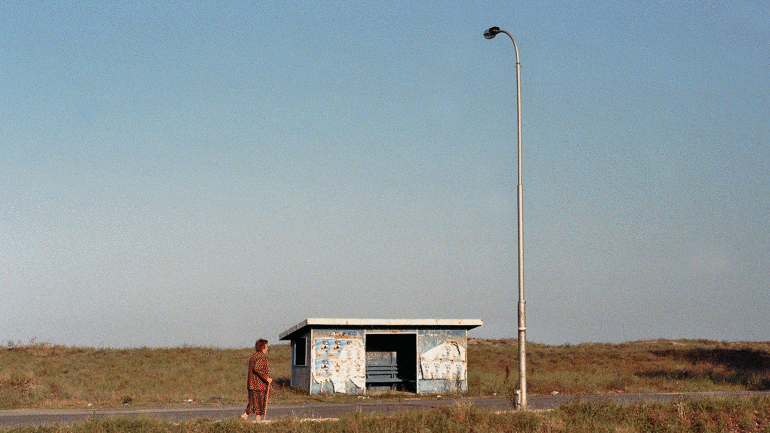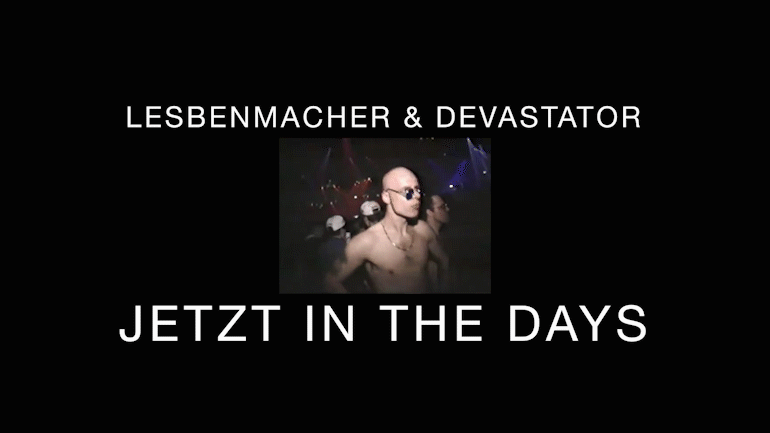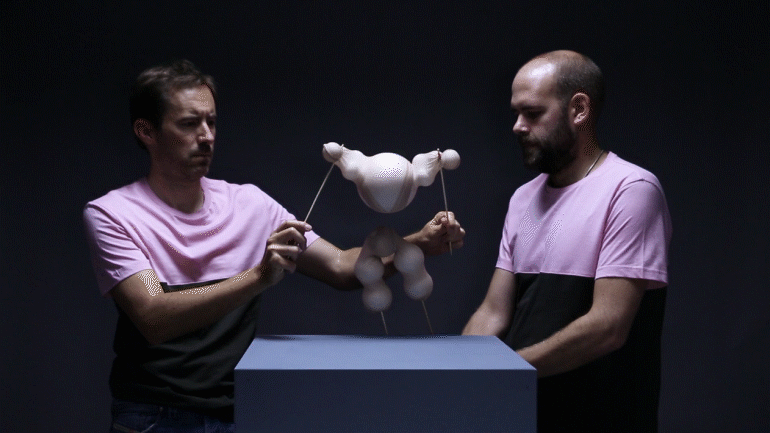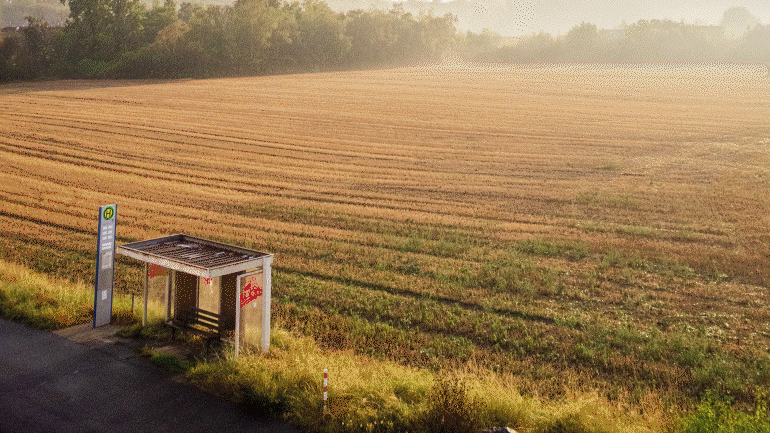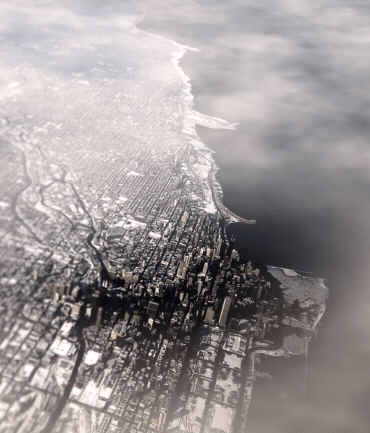

Caused Notes #1
I have always been fascinated by our urban space, the space we usually call „city". This enthusiasm includes also unplanned and extended foravs through this social space. I always have a camera with me, with which moods, lights, colors and other impressions are noted. Exactly these impressions need to be sorted ever now and then. Welcome to Caused Notes.
More than decoration
During an extended walk through the city, the inclined flâneur will probably have noticed the large number of so-called non-places. The term non-place means a thought construct of the French anthropologist Marc Augé. Roughly summarizing, it can be noted that non-places have no history, no identity and they are always purpose-related. Non-places are highways, airports, trains and railroad lines, fun parks, supermarkets, entire shopping streets, or even the Internet. Non-places are not only found in disproportionately large, mono-functionally used areas, but also in smaller and more private dimensions: Entrances to houses, stairways, garages and driveways. Normally, people stay in non-places only for very specific motivations. On top of that, non-places anonymize and nullify those who stay and move in them. In principle, the whole thing happens like this: When you leave your apartment / house, you put on a jacket and take off your identity. Not only in the subway do you move in relative anonymity through space and time, already at your house entrance, on your driveway or on your way to the subway you pass through so-called non-places, where it doesn‘t matter what you do in your private and professional life, which social class you belong to or want to belong to, whether you are in a good or bad mood. There is nothing in this situation that you have to conform to. But what happens to such a non-place when a human, nature or chance alienates the purpose? When suddenly a smiley decorates the gray wall? When randomly arranged, completely banal objects form a complex composition? When the oversized coal-fired power plant forms itself into an idyllic mountain landscape in the face of the cow grazing land? Does the non-place then become a place with own history and identity, even an anthropological place? And what happens to the individual who crosses the only supposed non-place and is annoyed by the graffiti or is pleased by the random composition and takes a photo of it, when he should, for example, just be walking by or shopping or washing his car?
The photos were arranged into thematically or visually appropriate pairs some time after they were taken, so that each double-page spread in this magazine represents a pair.


